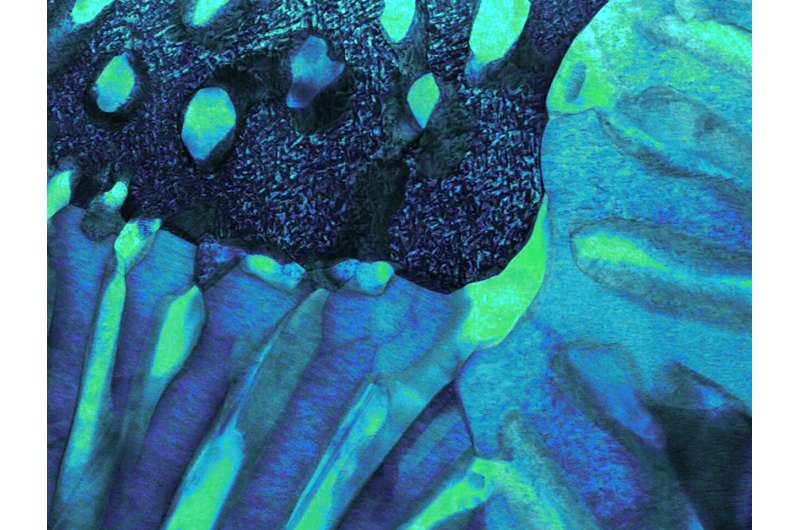Molybdenum titanium carbide viable in additive manufacturing

Oak Ridge National Laboratory scientists proved molybdenum titanium carbide, a refractory metal alloy that can withstand extreme temperature environments, can also be crack free and dense when produced with electron beam powder bed fusion. Their finding indicates the material's viability in additive manufacturing.
Molybdenum, or Mo, as well as associated alloys, are difficult to process through traditional manufacturing because of their high melting temperature, reactivity with oxygen and brittleness.
To address these shortcomings, the team formed a Mo metal matrix composite by mixing molybdenum and titanium carbide powders and used an electron beam to melt the mixture, which demonstrated the ability to control the cooling rate to optimize performance.
"Our results showed that fabrication from a mechanically alloyed metal matrix composite powder is feasible," ORNL's Mike Kirka said. "The structures formed by the fused powders can withstand high temperatures, indicating that molybdenum and its alloys can be used for aerospace and energy conversion applications."
More information: Christopher Rock et al. Additive Manufacturing of Pure Mo and Mo + TiC MMC Alloy by Electron Beam Powder Bed Fusion, JOM (2020). DOI: 10.1007/s11837-020-04442-8
Journal information: JOM
Provided by Oak Ridge National Laboratory





















